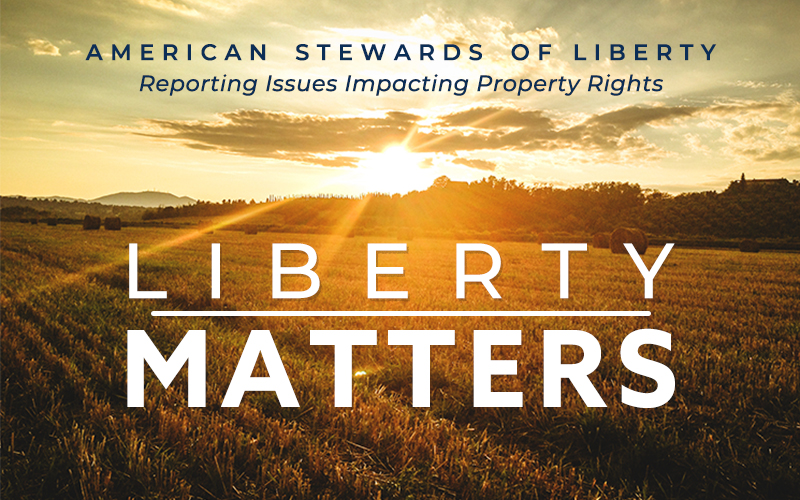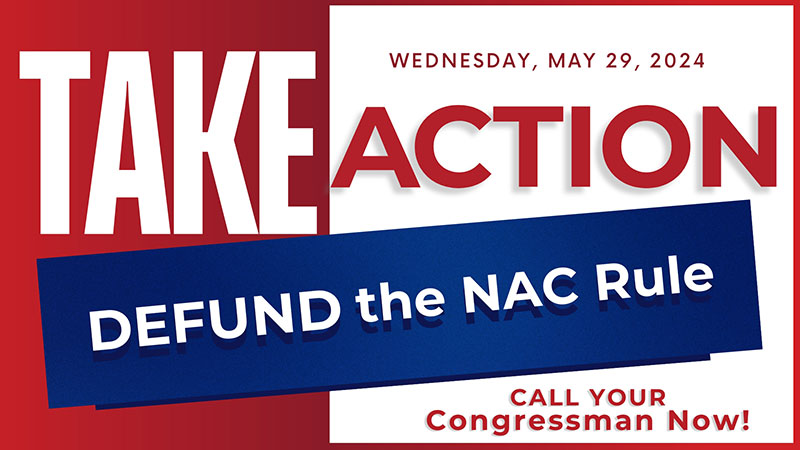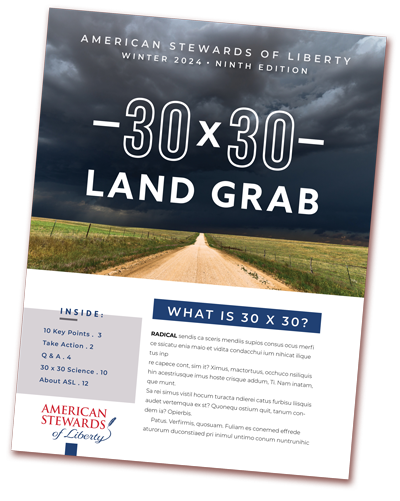Foreshadowing America’s Future Under the Radical Green Policies
Two nations have exploded into the national spotlight as the people of Sri Lanka and the Netherlands have revolted against their governments, which have been implementing the environmental policies of the United Nations and the World Economic Forum. It is a foreshadowing of what is to come to America if our nation fails to reject the 30×30 “conservation” agenda, ESG (Environmental, Social, Governance criteria) policies, and other lockdowns driven by the climate crisis narrative of the Biden Administration.
Sri Lanka was enjoying an improving economy prior to President Rajapaksa’s ban on chemical fertilizers enacted last December, abruptly forcing the agriculture community into 100% organic farming. The result did not bring about the utopian ideal of organic products. Instead, it triggered the collapse of a country.
According to Human Progress, “Over the last year, Sri Lanka has experienced an annual inflation rate of more than 50 percent, with food prices rising 80 percent and transport costs a staggering 128 percent. Faced with fierce protests, the Sri Lankan government declared a state of emergency and deployed troops around the country to maintain order.”
The people are starving. Common Sense author Michael Shellenberger reports:
“One-third of Sri Lanka’s farm lands were dormant in 2021 due to the fertilizer ban. Over 90 percent of Sri Lanka’s farmers had used chemical fertilizers before they were banned. After they were banned, an astonishing 85 percent experienced crop losses. Rice production fell 20 percent and prices skyrocketed 50 percent in just six months. Sri Lanka had to import $450 million worth of rice despite having been self-sufficient just months earlier. The price of carrots and tomatoes rose fivefold. All this had a dramatic impact on the more than 15 million people of the country’s 22 million people who are directly or indirectly dependent on farming.”
The Netherlands Face Similar Fate
The people in the Netherlands fear the same outcome. Their story began when their government signed on as a member state of the European Commission’s Natura 2000, described as the following:
“Stretching over 18% of the EU’s land area and more than 8% of its marine territory, Natura 2000 is the largest coordinated network of protected areas in the world. It offers a haven to Europe’s most valuable and threatened species and habitats.”
Moss, clover, various hay, and other vegetation were designated for protection in the Netherlands under the EU program. It was determined that nitrogen oxide negatively impacts these plants, which is prevalent in animal feces. This provided the justification for the Netherland’s Parliament to propose laws restricting nitrogen requiring the nation’s farmers to dramatically reduce their livestock herds, effectively putting many in the industry out of business. This would then remove current landowners from their family lands, making them available for other purposes, which many in the nation believe to be the end goal. (Epoch Times TV interview with Netherland’s Member of Parliament Thierry Baudet)
The Netherlands’ government could stop all of this nonsense by revoking their participation in Natura 2000, a commitment entered into “voluntarily.”
As Americans watch the European people join together to fight the green movement’s restrictions on food production, the Biden Administration is aggressively implementing a Natura 2000-like program here at home, without congressional or constitutional authorization. The 30×30 program, first launched January 27, 2021, by executive order and later renamed “America the Beautiful” in an attempt to rebrand its “land grab” image, has similar characteristics. Three of the most obvious are: (1) protecting species and habitat as the justification; (2) developing a map and database for priority conservation areas; and (3) marketing the program to help working landowners.
Here is the comparison, using direct statements from each program.
1. Protecting species and habitats.
“Natura 2000 is a network of core breeding and resting sites for rare and threatened species, and some rare natural habitat types which are protected in their own right. It stretches across all 27 EU countries, both on land and at sea. The aim of the network is to ensure the long-term survival of Europe’s most valuable and threatened species and habitats, listed under both the Birds Directive and the Habitats Directive.”
Biden’s 30×30 Program: “In the U.S., approximately 12,000 wildlife species need conservation assistance to avoid the threat of extinction. The disappearance of bees and other pollinators is reducing crop yields and threatens food security. Already, there are three billion fewer birds in North America than there were 50 years ago. … Roughly half of the riparian ecosystems and wetlands in the lower 48 States have already been lost, while more than 17,000 square miles of ranchland and farmland were lost to development or fragmented in the last two decades.” (America the Beautiful, page 9)
2. Developing a map and database for priority conservation areas.
“The Natura 2000 Viewer is an online tool that presents all Natura 2000 sites. It provides key information on designated species and habitats, data on population sizes and information on conservation status.”
Biden’s 30×30 Program: “The report specifies that an interagency working group will develop an Atlas [American Conservation and Stewardship Atlas] through interagency collaboration to develop and track a clear baseline of information on lands and waters that are conserved or restored. The Atlas is intended to be an accessible, updated, and comprehensive tool through which to measure the progress of conservation, stewardship, and restoration efforts in a manner that reflects the goals and principles of the initiative.” (Fed. Reg. Vol. 87, No. 2, Tuesday, January 4, 2022, page 235)
3. Marketing the program to help working landowners.
“Natura 2000 is not a system of strict nature reserves from which all human activities would be excluded. While it includes strictly protected nature reserves, most of the land remains privately owned. The approach to conservation and sustainable use of the Natura 2000 areas is much wider, largely centered on people working with nature rather than against it. However, Member States must ensure that the sites are managed in a sustainable manner, both ecologically and economically.”
Biden’s 30×30 Program: “As a long-standing global leader in conservation, the U.S. is among the top four countries in the world in the amount of remaining intact natural lands, has already established marine protected areas in approximately one quarter of U.S. waters, has a strong stewardship tradition on working lands among ranchers, farmers, and forest owners, and has been a pioneer in the management of fish and wildlife. By supporting and accounting for existing and future conservation of public lands and waters, as well as collaborative and voluntary conservation efforts on working lands, Tribal lands, and State, local, and private lands, the U.S. is well positioned to achieve a 30 percent goal over the next decade.” (Page 10)
The more control we give government over our land, the more likely we are to be facing a Netherlands-like crisis instigated and implemented by our own government officials, who may claim to have the best intentions, but nevertheless act foolishly and with great incompetence.






